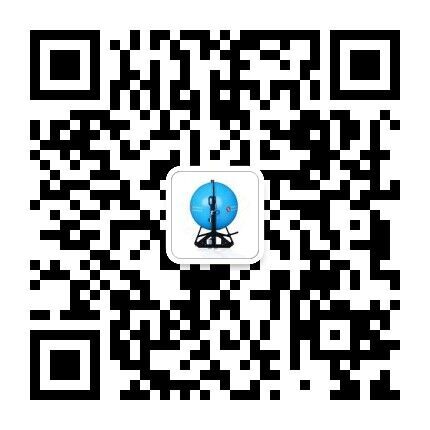
Cyclic variations in luminous output from a light source or lighting system are known as temporal light modulation (TLM). TLM is known to affect visual perception, cognition, and brain activity. The variety of TLM patterns of solid-state lighting has brought these effects to the attention of the lighting community. Research seeks to create new metrics that predict the occurrence of visual, cognitive, and neurological effects based on measurements of the physical stimulus, the luminous flux waveform. This document describes the procedures to be followed and precautions to be observed in performing reproducible luminous flux waveform measurements for use in temporal light artifact (TLA) calculations under standard conditions. It provides a description of the method of measurement, equipment requirements, and formulation of luminous flux waveforms for use in the calculations of temporal light artifacts from light sources. Luminous flux waveforms utilized in TLA calculations are for luminous flux frequencies between 1 Hz and 3,000 Hz under various control conditions. In addition, data reporting formats are described. Intentionally flashing or signaling lights outside the defined frequency range are not included within the scope of this document.
LISUN following instruments fully meet ANSI/IES LM-90 Measuring Luminous Flux Waveforms for Use in Temporal Light Artifact (TLA) Calculations:
Your email address will not be published. Required fields are marked *


© Copyright 2003 | Blog | Privacy
surge generator | emc test system | emi receiver | electrical safety tester | temperature chamber | salt spray test | environmental chamber | Sitemap

To provide the best experiences, we and our partners use technologies like cookies to store and/or access device information. Consenting to these technologies will allow us and our partners to process personal data such as browsing behavior or unique IDs on this site and show (non-) personalized ads. Not consenting or withdrawing consent, may adversely affect certain features and functions.
Click below to consent to the above or make granular choices. Your choices will be applied to this site only. You can change your settings at any time, including withdrawing your consent, by using the toggles on the Cookie Policy, or by clicking on the manage consent button at the bottom of the screen.

 中文简体
中文简体

